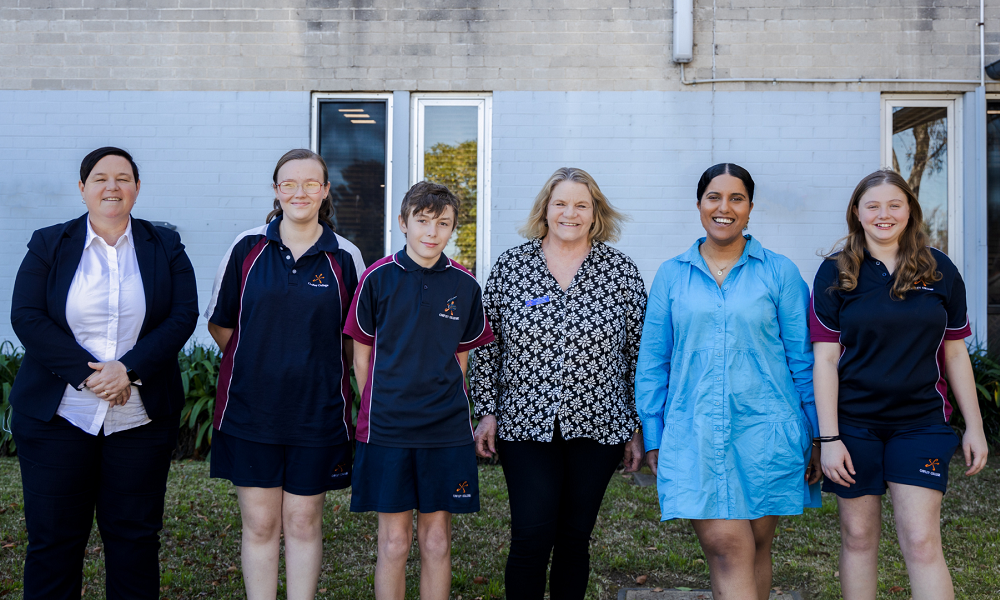Jacqui Morrison, Nathan Robinson, and Narmada Natkunaratnam all followed vastly different pathways into the teaching profession. Today, they are ambassadors for the kind of teaching and learning culture that sets Chifley College, Shalvey Campus apart.
Shalvey, as it’s affectionately known by teachers and the community, is a Year 7-10 government school in the heart of Mt Druitt on the western outskirts of Sydney. More than a third of its 400 students are Aboriginal and/or Torres Strait Islander, another third are of Pasifika background, and 84 per cent of families are in the bottom socio-educational quartile.
Jacqui, a history teacher, has been at the school for 4 years. She loves that it has such a strong community focus.

‘One of the first things I noticed when I came here is that you have all the year groups hanging out together on the playground. That hasn’t happened at other schools I’ve been at. I think it’s a family thing and a lot of out-of-school connections, church and sporting groups. It’s really nice.’
Jacqui ‘always wanted to be a teacher’. She grew up on Sydney’s North Shore and attended an all-girls school close to home. She did her university placements in metropolitan schools and taught casually for a couple of years on the North Shore. Then, during the pandemic, an opportunity came up at Shalvey.
‘I never thought I’d end up at Shalvey, but I love it. And I see myself here long term.’
Nathan is in his second year teaching in the school’s Support Unit, after graduating in 2024 with a Master of Education. It’s a huge accomplishment given that just a few years ago he was at a crossroads professionally.
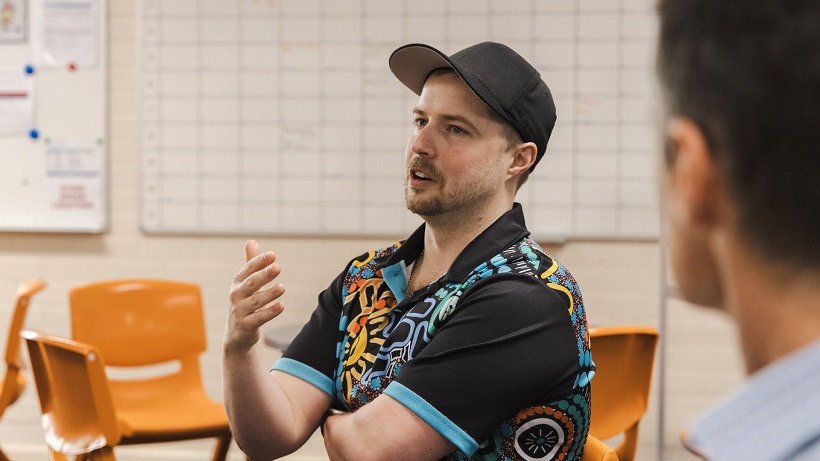
‘I was a personal trainer for 4 years out of high school and I realised that my heart just wasn’t in it. My dad was actually the groundskeeper here and told me there was a job going as an SLSO (student learning support officer). I got it, and within the first term I was like, “I could do this. This is what I’m going to do.”’
Nathan worked as a student learning support officer for 5 years and as a tutor as part of the state government’s COVID tutoring scheme, all while undertaking his teaching degree.
Juggling work and university has been a challenge, but Nathan says his experience working in the school during that time has been invaluable.
‘I’ve been lucky in the roles I’ve had that I’ve got to see every aspect of this school, see different teachers teach, different ways of teaching, different kinds of kids. I wasn’t just stuck in one classroom,’ he says.
‘There’s yet to be a day where I wake up and think I don’t want to go to work.’
Narmada started her teaching career at Shalvey more than 6 years ago after completing her university’s final year placement in the English faculty. She worked casually and then on a series of temporary blocks before securing a permanent place. She’s now relieving as the Head Teacher English and coordinates the school’s roll out of Quality Teaching Rounds.
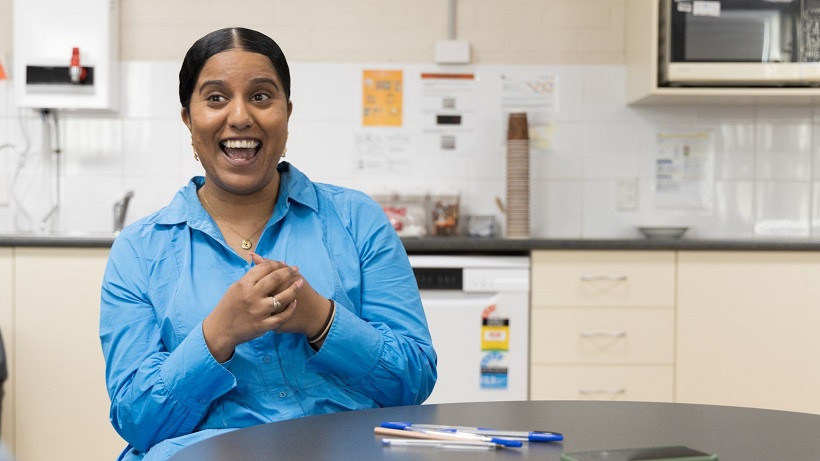
‘The staff are amazing here,’ she says. ‘Our school can be difficult at times, so you need supportive staff. But the kids are absolutely beautiful and you feel like you can make a difference here,’ she says.
‘It’s a complex, multi-layered school. If you can teach at Shalvey, you can teach anywhere. I love this school and what it represents.’
Putting evidence at the heart of teaching and learning
Principal Jenny Linklater and her deputy Karen Attard sing from the same song book when it comes to what’s needed for the school and its students to succeed. What they’re doing is getting results. Shalvey is achieving ‘above’ and ‘well above’ compared to similar schools for growth in NAPLAN results.
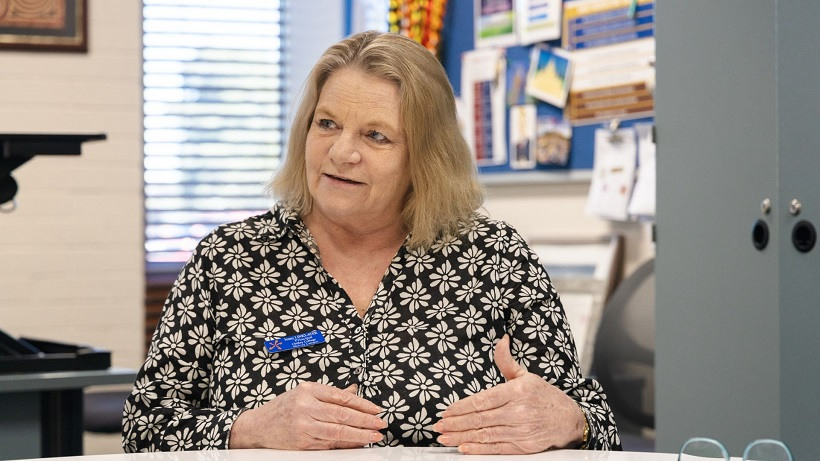
‘When I first came to this school, I put to the teachers that I’m only interested in evidence-based practices,’ says Jenny.
‘We’re in a really disadvantaged community, intergenerationally disadvantaged. So it’s really important that we maximise our time with our students. I was already familiar with Quality Teaching Rounds, had done the training and used the framework for a long time. I’ve been pleased to see the research continue to come out and I follow the research.
‘We’re committed to Quality Teaching, it’s in our strategic plan. We’re implementing with fidelity. That means taking it slowly, working with our champions, and doing it properly.’
According to Karen, it’s a combination of programs and approaches that contribute to the culture of the school.
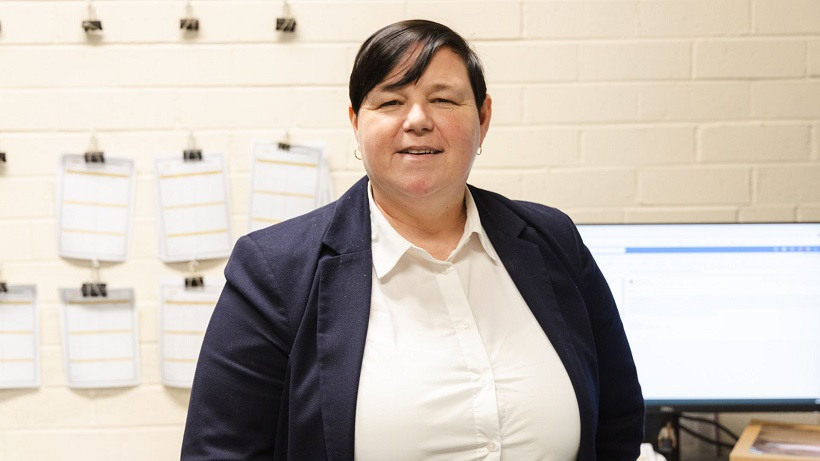
‘We went to what works. That’s Quality Teaching, explicit teaching, trauma-informed lesson structures. Quality Teaching Rounds complements and supports,’ says Karen.
‘Our job is to find the right balance to keep everything bubbling on top for our teachers.’
Strengthening Induction through Quality Teaching Rounds
Shalvey had started doing Quality Teaching Rounds in 2020, however the pandemic and ongoing teacher shortage slowed down plans to roll it out widely across the school. The Australian Government-funded Strengthening Induction through Quality Teaching Rounds program has helped to give it momentum again.
Karen, a PE teacher by trade before she moved into leadership roles, led the first professional learning community when the school restarted its roll out of Quality Teaching Rounds in 2022. She taught the PE class of one of the other teachers participating in the Round, but a timetable change meant a theory lesson became a practical class doing European handball, which Karen played in her suit.
‘That’s teaching,’ says Karen, ‘You just roll with it.
‘I was surprised but I got nervous about being observed. It wasn’t a traditional lesson observation, but the coding discussions were so positive. Now everyday we’re having these discussions, it’s really positive.’
Even as a first-year teacher, Nathan wasn’t daunted about opening up his classroom. Being in other teachers’ classrooms came naturally from his time as a support officer. But having the QT Model as a framework brought his attention to new aspects of classroom practice.
‘A big thing at this school is the relationships with these kids. We were in a tough class [for QTR] and I thought the teacher handled it brilliantly and kept the students on task. Seeing them in different environments gave me things to take to my classrooms.’
Jacqui was also in Nathan’s professional learning community and had a similar experience.
‘Everyone said “Oh QTR’s the best”, but I was like, sceptical,’ Jacqui says.
‘But then I really liked it. I loved the coding scale. The process, you have to be quite vulnerable, but it promotes such a positive culture. Even though the lesson I taught was quite chaotic, the other teachers saw it from a different perspective. That’s the best part. I learned a lot.’
For Narmada, getting to lead Quality Teaching Rounds is ‘another amazing opportunity’ she’s had teaching at Shalvey, that she might not have had at a different school.
‘I’ve been running Rounds since 2023,’ she says. ‘We try to do one PLC each term, but sometimes with everything going on they take a bit longer. But we keep at it.
‘As a teacher your classroom is your bread and butter. Quality Teaching Rounds is helping us make sure we have good quality, engaging lessons. There are benefits across the classroom.’
Principal Jenny Linklater has a vision for Shalvey where teachers share practice and improve in everything they do.
‘It’s a journey,’ she says. ‘I focus on what does the evidence say, what’s in it for our kids, and what’s in it for our teachers.’
